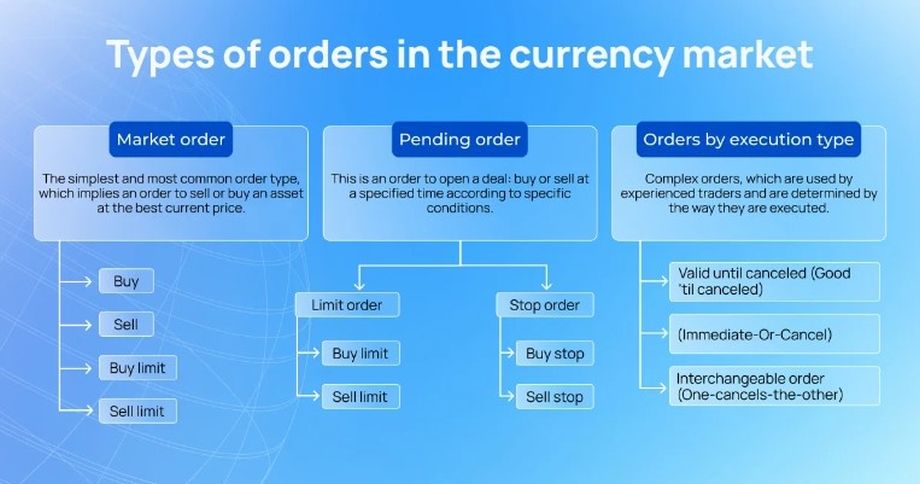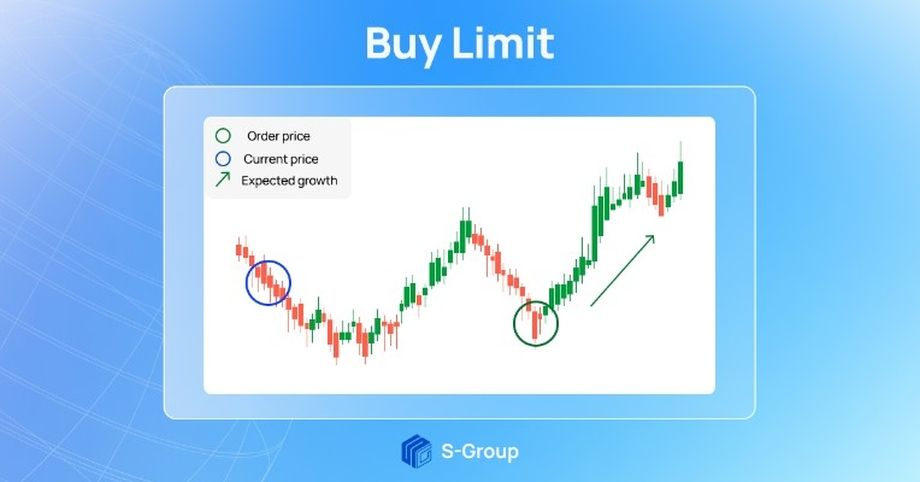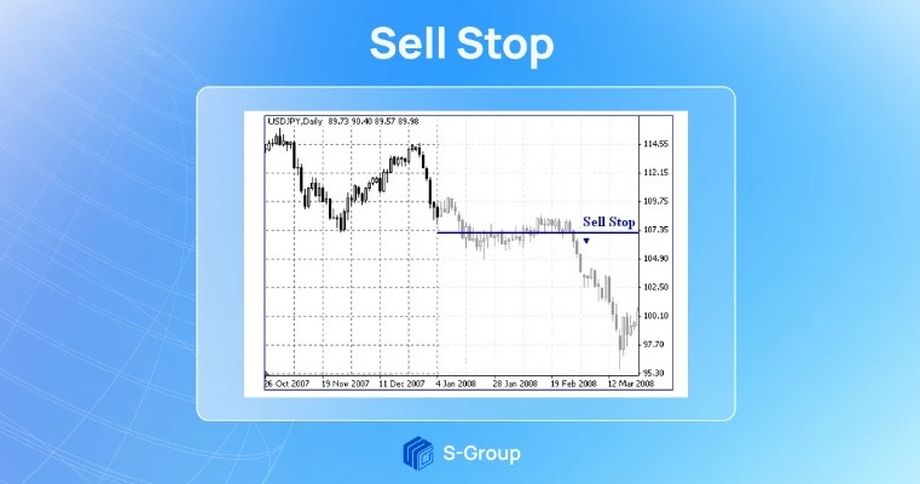Orders on the currency market
When trading in the financial markets, it is very important for traders to understand how they can minimize their losses when the rate falls or lock in a profit at the most opportune moment. Orders on the currency market are used to perform these tasks.
What is an order, what tasks do it perform, and what types of orders are available? We will tell you in this new article.
Order: Definition and types
An order is an order to open or close a deal on the currency market, where the investor clearly describes to the broker the parameters for opening/closing a deal: deal direction (buy/sell), volume, price, etc.
Orders on the currency market are divided into the following types: market orders, pending orders and orders by execution type.
Orders on the currency market types in details.
Market order
The simplest and most common order type, which implies an order to sell or buy an asset at the most favorable price at the moment. When you activate a market order, you buy the asset at the ask price (ASK) and sell it at the bid price (BID).
Market orders have the following subspecies:
– Buy — opening a buy transaction at the ask price (ASK).
– Sell — opening of a deal to sell at the offer price (BID).
– Buy Limit — opening a deal to buy when the ASK price is equal to or lower than the order conditions.
– Sell Limit — opening a deal to sell, when the BID price is equal to or exceeds the price specified in the order conditions.
The disadvantage of market orders is that there is no exact guarantee of achieving the desired price value at the time of execution. Therefore, because of the slippage, experienced investors prefer not to use market orders too often.
Pending order
This is an order to open a deal: buy or sell at a specified time under specific conditions. A pending order is used if there are no suitable conditions for the transaction yet, but according to the trader’s forecast they can appear over time. In this case, the investor instructs the broker to open a deal when certain conditions have been reached.
The pending order is divided into several subtypes.
Limit order
This type of order is executed when the price of the asset reaches or exceeds the price specified in the conditions. There are two categories of the limit order:
Buy Limit. The order is executed when the ASK price value coincides with the price specified in the order conditions.
For clarity, here is an example on the chart.
The blue circle indicates the current price of the asset, for example, $2. The investor looks at the chart and sees when the price to buy the asset will be most profitable. In this case, he sets the price of the order (green circle) at the lowest level, and when the asset reaches this price, the order will be executed and the asset will be bought at the best price.
Sell Limit. Means sale, postponed in time. The order is executed if the BID price has reached the level specified in the order or has risen.
For clarity, here is an example on the chart.
The blue circle indicates the current price of the asset, for example, $2. The investor looks at the chart and sees when the price of the asset will be most profitable to sell. In this case, he sets the order price (green circle) at the highest level, and when the asset reaches this price, the order will be executed and the asset will be sold at the best price.
Stop order
Placed below the current price for sale and above the current price for buy positions. There are two categories of stop orders:
Buy Stop. The postponed order to purchase at the price above the market. The point is to buy the asset more expensive than now. This order is placed on the basis of the fact that the market price will overcome a certain level upwards and will continue to grow.
Sell Stop. The pending order on sale at the price below the current price level. The idea is to sell the asset cheaper than it is now. The order is set on the basis that the market price will overcome a certain level downwards and will continue to fall.
The main advantage of the pending orders is that investors and traders do not need to be at their computers 24/7 waiting for the suitable price. But for transactions to be successful, it is important to be able to determine the entry and exit prices correctly, or entrust financial management to a reliable broker.
Orders on the currency market by execution type
Complex orders, which are used by experienced traders and are determined by the way they are executed. The conditions for order execution can be set by traders, depending on their trading strategy.
Orders of this type are used by investors and traders for risk management and market entry, providing the most profitable trading. But, it should be remembered that the execution conditions of these orders should be set according to the trading strategy chosen.
There are three types of orders by type of execution.
Good ’til canceled (GTC)
An order to buy or sell an asset at a specified price that remains active until it is executed or canceled by the investor. That is, a GTC order remains active indefinitely until the specified parameters are met. At the same time, a normal daily order is automatically canceled after the market closes.
Execute immediately or cancel (IOC, Immediate-Or-Cancel)
Requires the immediate execution of all or part of the order. If it is not executed immediately, the order or its unexecuted portions will be canceled.
Interchangeable Order (OCO, one-cancels-the-other)
This allows the investor to place two orders simultaneously with the mutual cancellation feature, but with the condition that only one of them will be executed. That is, when one of the orders is executed, the other is automatically deleted by the system.
The key conclusion
The use of orders greatly simplifies the process of making money on the Forex market, since the investor does not need to monitor the price of the desired asset 24/7. However, orders need to be used in accordance with the chosen trading strategy, which requires an investor to have considerable personal experience.
S-Forex is a trading and investment platform based on artificial intelligence. It is an algorithmic trading for earning on the currency market. Trading is based on pre-tested algorithms that provide more than 79% of successful trades.





